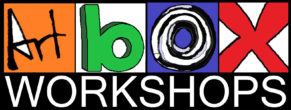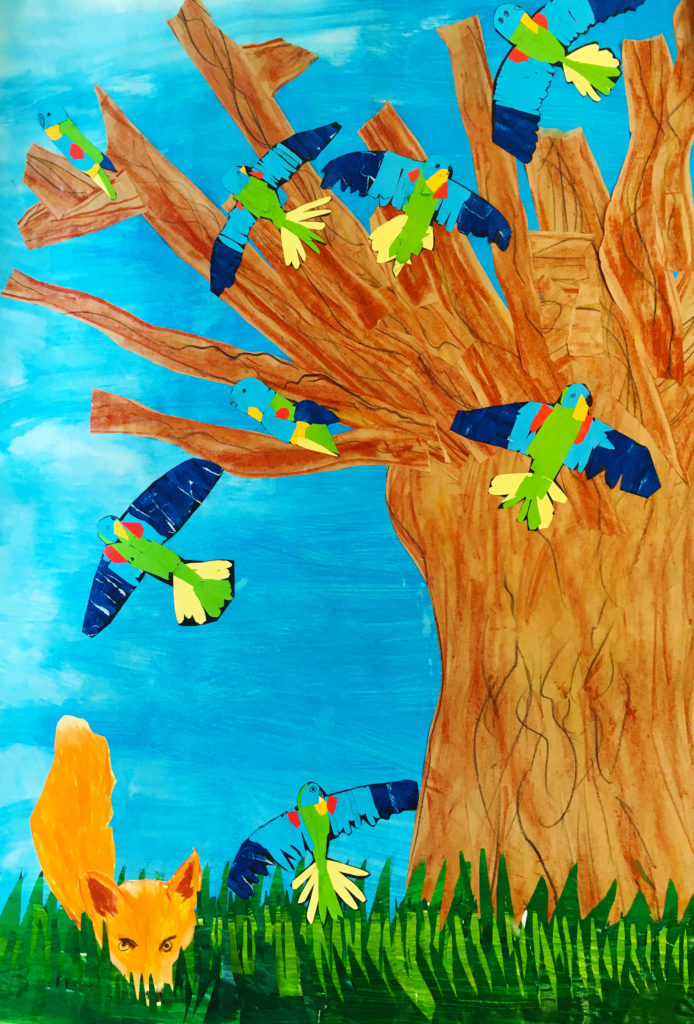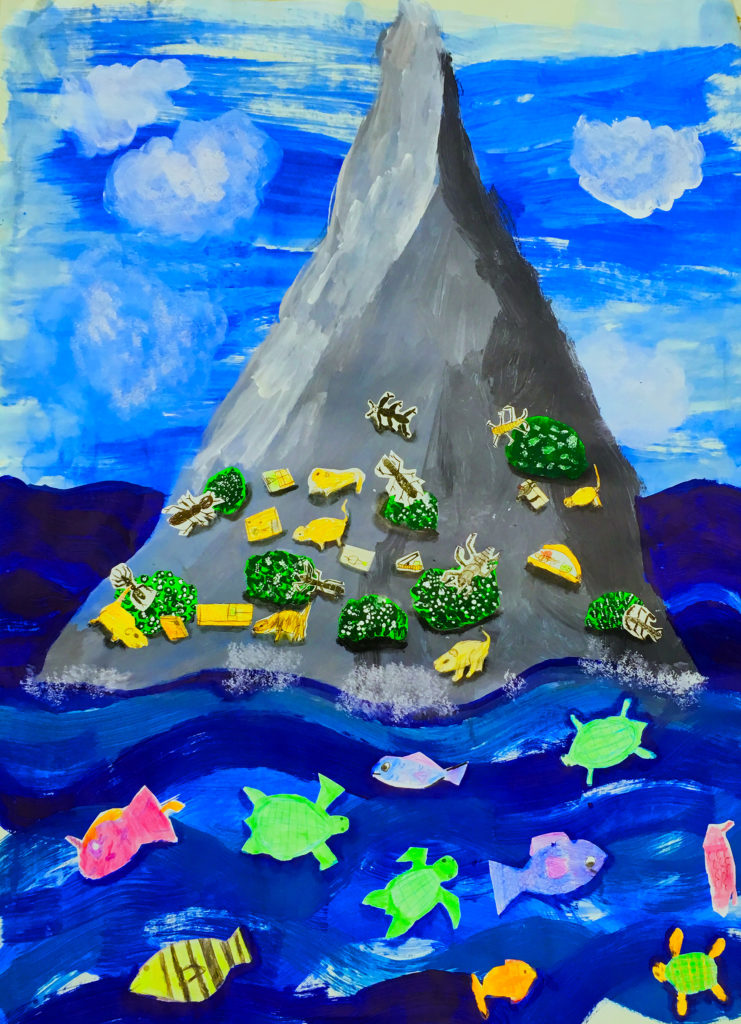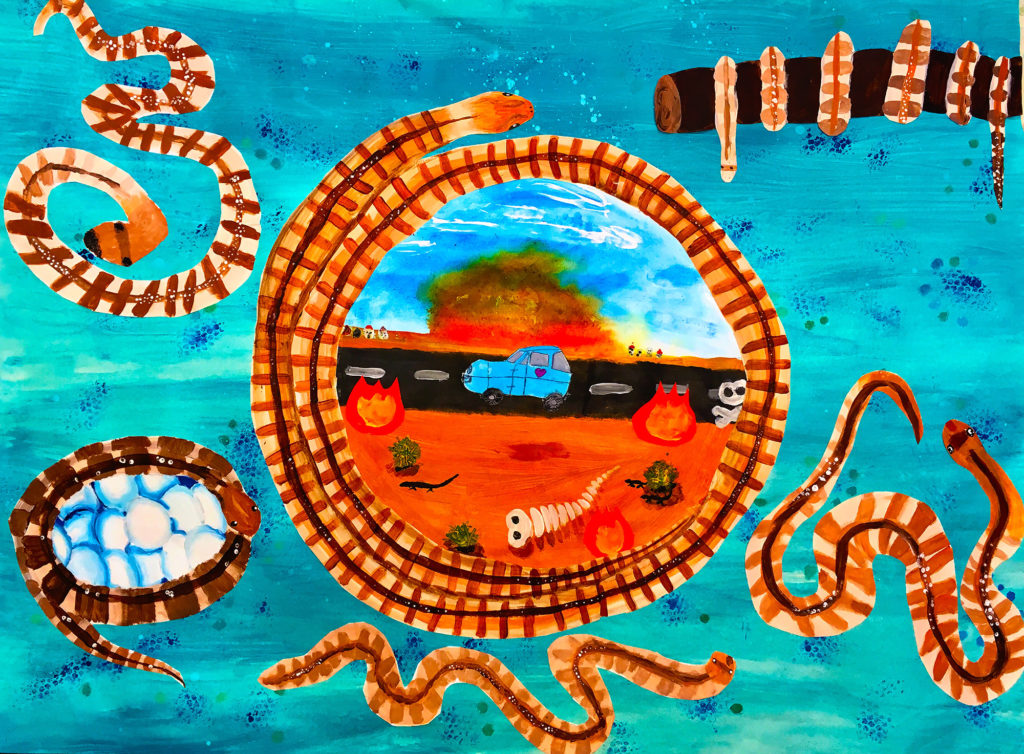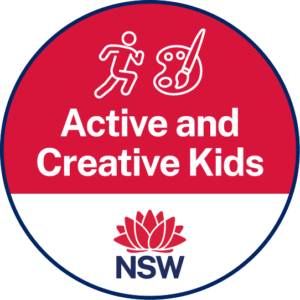During term two at Art Box Workshops, each of our five classes created both a group work and individual works based on the theme. “Threatened species of N.S.W”.
This is a wonderful opportunity for children to learn about our Native Australian plants, insects and animals and the reasons for the human impact that they are being threatened to the point of extinction. Whilst the students are researching the various species they come up with their own ideas on how they can help to make changes for these animals future survival and express their messages in artworks created at our studio.
During the first three weeks, five large group works were created by each of our after school and Saturday morning classes, each of these has been entered into the ‘Threatened Species Children’s Art Competition’. Individual works created at Art Box Workshops have started to be submitted by parents (closing date is 3rd of August 2018) entries to be exhibited will be announced in the following weeks.
If you still need to enter please click here for the link. Also please take a look at all of the works entered so far from students and art schools from NSW and the ACT, click here to taking a look at the Threatened species children’s art competition facebook page
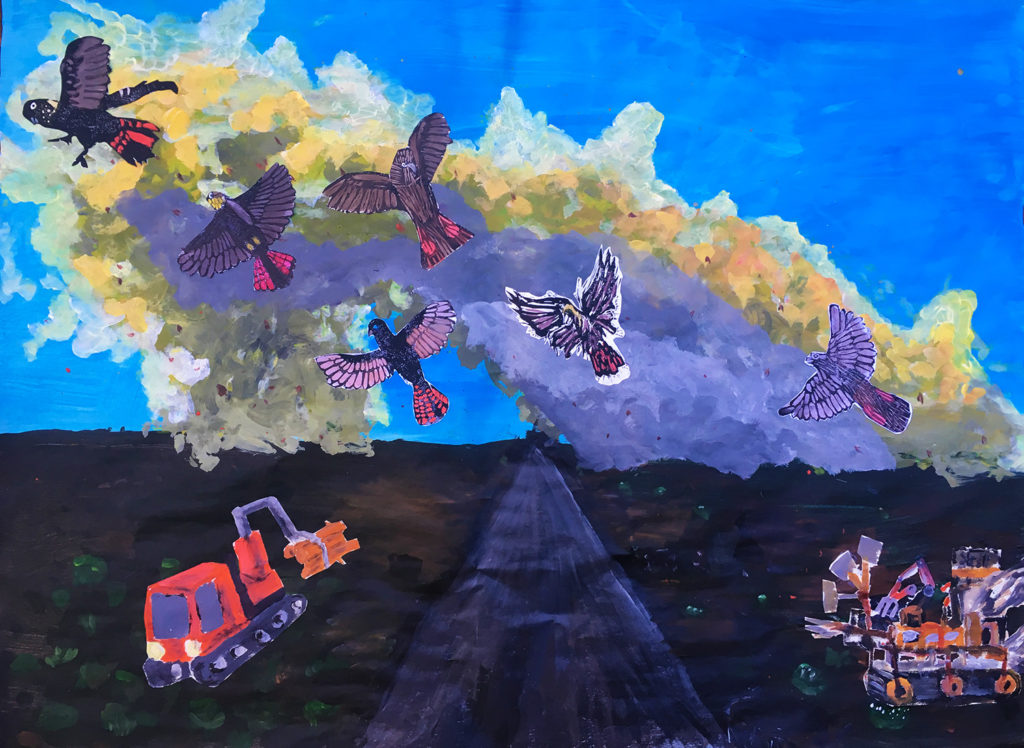
“Glossy Black Cockatoo Searching for Sanctuary”, Acrylic, Lino prints and watercolour on Paper Dimensions: 100 cm X 75 cm
Glossy Black Cockatoo Searching for Sanctuary
Since European colonization, land clearing has been a major threat to the survival of the glossy black-cockatoo, the reduction of food trees and nest hollows have been significant in the dwindling population. Our group painted a landscape cleared of all natural habitat by bulldozers, thick grey smoke from back burning filling the air, causing the cockatoos to flee the unhabitable land in search of a new forest sanctuary to call home. Each student created a “Lino print”, of the Glossy Black Cockatoo, carving out and hand painting the unique markings of red feathers for the tale and yellow feathers around the neck of the female. We must stop stripping our motherland back and keep sacred forests as sanctuaries for our native birds so that future generations can enjoy an abundance of wildlife for generations to come.
Written by Sholto
Group work by Tully Howl, Alisha Felton, Lucinda Halcrow, Sholto, Robbie Moreton, Ivan Tjandra.
Turquoise Parrot Flying for their Lives
Collage paper and acrylic painting. 100 cm x 75 cm
The Turquoise parrot is endangered because their habitat is being destroyed by forest back burning and clearing they are more at risk from predators such as cats and foxes, we created a group artwork of these beautiful birds flying for their lives from a fox, each of us collaged a bird using Turquoise, green, blue, yellow, red and orange paper to represent the beautiful feather colourings of the Turquoise Parrot.
As a group we agreed that to help these beautiful birds from becoming extinct we need to stop the back burning and clearing away of their natural habitat, we need to provide safe forests for the birds to nest in at a safe distance from predators, please help these beautiful birds.
written By Ava and Sienna
Group Work by Zosia Batorowicz, Alex Thyme, Natalie Nasunthon, Toby George, Ava Kiryk, Aiden Lee, Sienna Lally, Margret Jordan, Katherine Jordan
The Lord Howe Island Stick Insect
Acrylic paint and wax crayons on paper100 cm x 75 cm
Lord Howe Island is a small volcanic island situated in the Tasman Sea 800 km North East of Sydney, it is home to a very large flightless stick insect (Dryococelus australis)this is also known as a ‘land lobster’ and it is one of the rarest species of insects in the world. These stick insects have been safe until 1918 when a ship called the “Makembo” ran aground nearby the island, introducing the “Black Rat” (Rattus rattus). We need to help these insects they are under threat of extinction, there has been on record less than 30 adult stick insects on a small rocky Island off Lord Howe Island called Balls Pyramid, this is the stick insects last place of refuge. Our class has created an artwork that presents a solution to minimize the ‘Black Rats’. We all painted Balls Pyramid and we researched that the stick insects favourite food plant is the Melaleuca howeana that grows on the island, each student painted rat trap that is there to catch the rats. We researched that stick insect do not like cheese, so the insects should be perfectly safe and the Black rats will no longer be a threat.
written by Joanna McMinn
Group Work created by Max Kovesi, Ava Johnson, Madison Da Silva, Abigail Smith, Joanna McMinn, Jack Conner Brent, Harry Donohoe, Aaliyah Tabassum, Bailey Edwards
Christmas Bells no More Left, for the Picking.
Acrylic paint, ink pen on paper, 100cmx 75cm.
Christmas Bells (Blandfordia) is an endangered flower species of N.S.W. They are endangered because of their beauty.
We created a group work of someone picking these wonderful flowers to make their home prettier, on the wall behind the vase of Christmas Bells is a collection of drawings created by each student displaying pictorially different ways these flowers are being harmed.
This flower pop’s up from the ground between November and February, during Christmas time, sparking the name. These precious flowers take three years to bloom from germination and they live for about 10 years if they are not disturbed. You must have a license to grow Christmas bells even though these precious flowers are dying out.
Written by Isabelle Shankland
Group work by Emilie Tang, Jessica Bruce, Emily Critchfield, Isabelle Shankland, Holly Robinson, Katy Tool, Alexander Mizzi, Olivia Mizzi, Sebastian Byrne
The Woma seeks critical shelter,
Acrylic paint on paper 100cm x 75 cm
The Woma is a giant python and is a threatened species of N.S.W. It is on average 1.5 meters long and is an egg-laying python. The Woma is endangered because of the destruction of their natural habitat from fire and land clearing. They are losing critical shelter and are easy prey for foxes and cats; luckily a targeted strategy for managing this species has been developed under ‘saving our species program.’
Our class created a group artwork of the Woma seeking refuge from the destruction of their natural habitat a safe place for them to live and breed away from predators and bushfires. The car driving through the barren landscape represents the people that work for the ‘saving our species program’ with a love heart painted on their car, we hope that they are able to rescue the Woma from extinction.
Written by Weiya Kong
Group work created by Eliza Abeywickrema, Noah Lucas, Emma Burnett, Lulu Smithyman, Weiya Kong
